Description
| Species | Ophiocordyceps sinensis |
| Difficulty ℹ️ | 🍄🍄🍄🍄🍄 |
| Spore Coloration | N/A |
| Ecology | Parasitic |
| Edibility | Inedible, Medicinal |
Ophiocordyceps sinensis (formerly known as Cordyceps sinensis), is known in English colloquially as caterpillar fungus, or by its more prominent names yartsa gunbu.
It is an entomopathogenic fungus (a fungus that grows on insects) in the family Ophiocordycipitaceae. It is mainly found in the meadows above 3,500 meters (11,483 feet) in the Himalayan regions of Nepal, Bhutan, India, Myanmar and Tibet. It parasitizes larvae of ghost moths and produces a fruiting body which used to be valued as a herbal remedy and in traditional Chinese medicine. However, the fruiting bodies harvested in nature usually contain high amounts of arsenic and other heavy metals so they are potentially toxic and sales have been strictly regulated by the CFDA (China Food and Drug Administration) since 2016.
The caterpillars prone to infection by O. sinensis generally live 15 cm (5.9 in) underground in alpine grass and shrub-lands on the Tibetan Plateau and the Himalayas at an altitude between 3,000 and 5,000 m (9,800 and 16,400 ft). The fungus is reported from the northern range of Nepal, Bhutan, and also from the northern states of India, apart from northern Yunnan, eastern Qinghai, eastern Tibet, western Sichuan, southwestern Gansu provinces. Fifty-seven taxa from several genera (37 Thitarodes, 1 Bipectilus, 1 Endoclita, 1 Gazoryctra, 3 Pharmacis, and 14 others not correctly identified to genus) are recognized as potential hosts of O. sinensis.
The stalk-like dark brown to black fruiting body (or mushroom) grows out of the head of the dead caterpillar and emerges from the soil in alpine meadows by early spring. During late summer, the fruiting body disperses spores. The caterpillars, which live underground feeding on roots, are most vulnerable to the fungus after shedding their skin, during late summer. In late autumn, chemicals on the skin of the caterpillar interact with the fungal spores and release the fungal mycelia, which then infects the caterpillar.
The infected larvae tend to remain underground vertical to the soil surface with their heads up. After invading a host larva, the fungus ramifies throughout the host and eventually kills it. Gradually the host larvae become rigid because of the production of fungal sclerotia. Fungal sclerotia are multihyphal structures that can remain dormant and then germinate to produce spores. After overwintering, the fungus ruptures the host body, forming the fruiting body, a sexual sporulating structure (a perithecial stroma) from the larval head that is connected to the sclerotia (dead larva) below ground and grows upward to emerge from the soil to complete the cycle.
The slow growing O. sinensis grows at a comparatively low temperature, i.e., below 21 °C. Temperature requirements and growth rates are crucial factors that distinguish O. sinensis from other similar fungi. Climate change is suspected to be negatively affecting the mountain organism.
Some photos of this product in its wild-foraged form are sourced from iNaturalist or Wikipedia, taken by xulescu_g, Baburkhan . Licensed by CC-BY-SA.
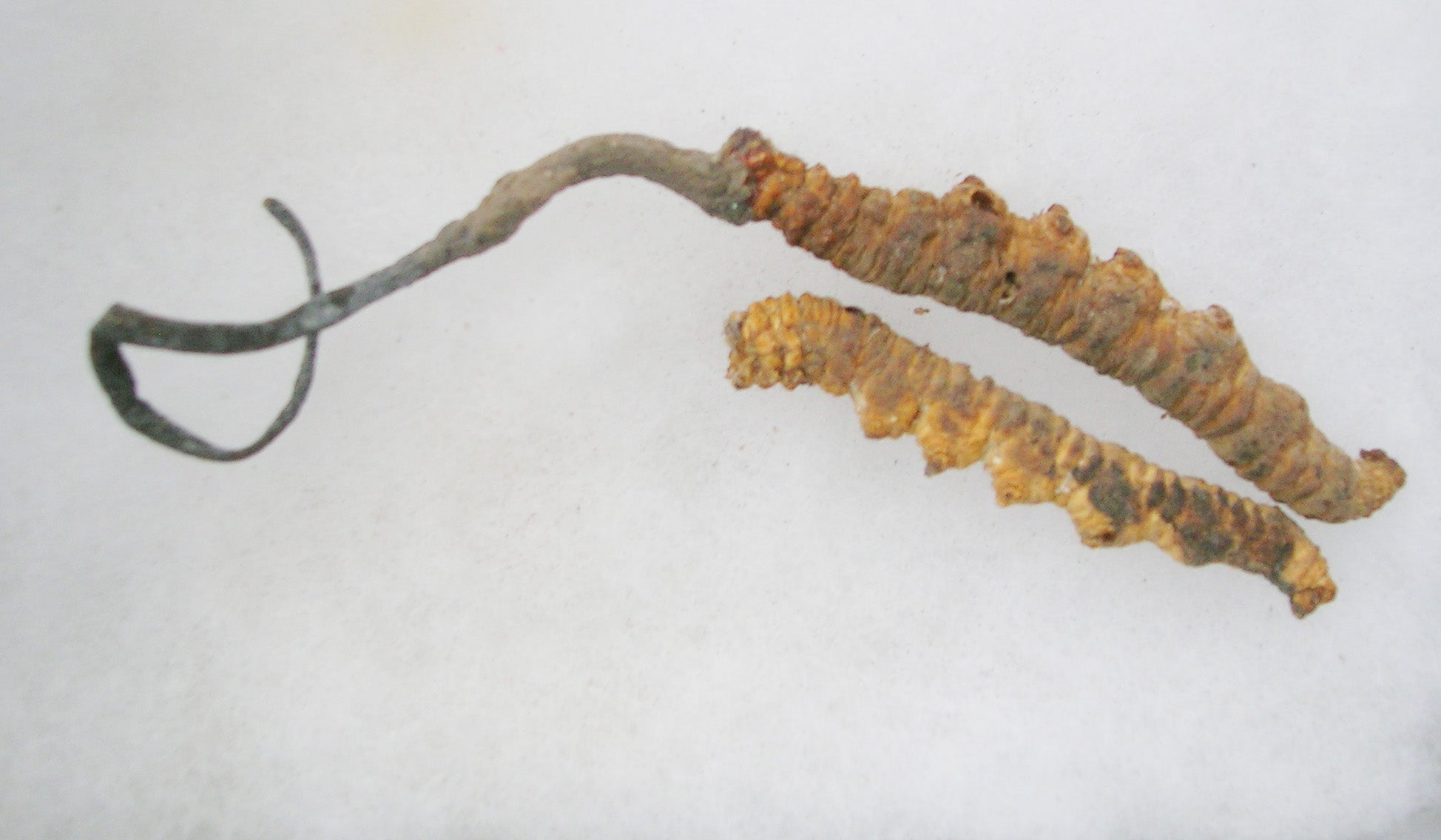

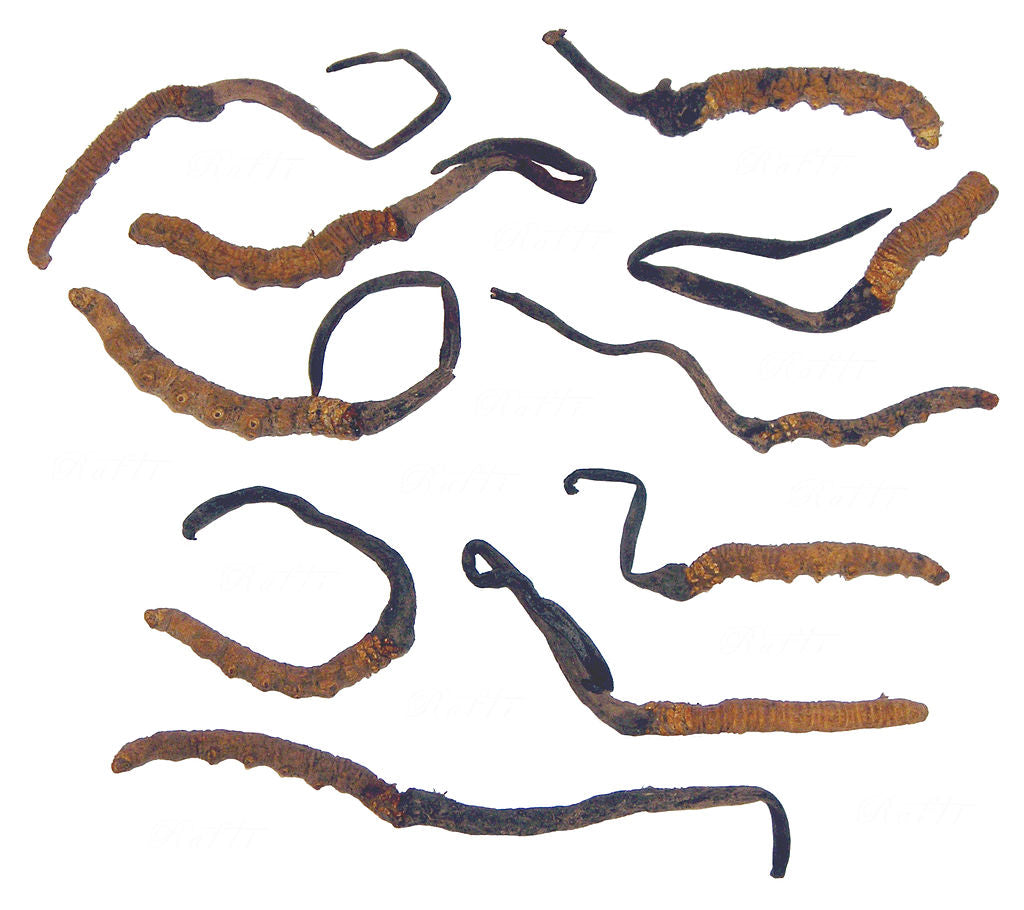
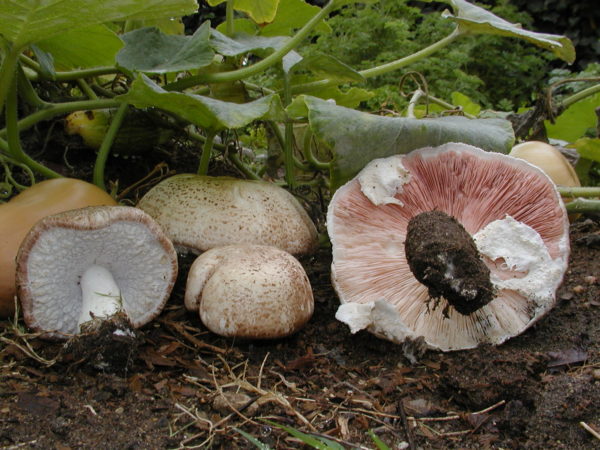


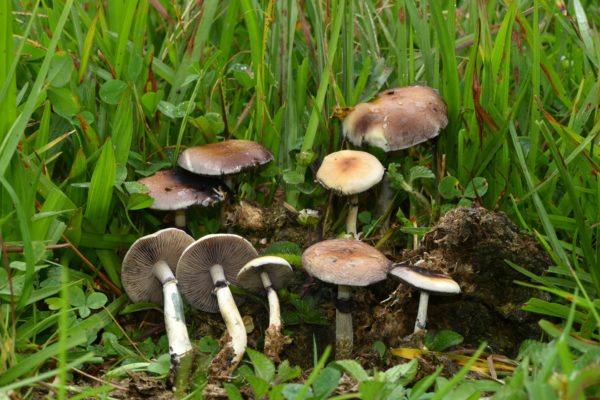
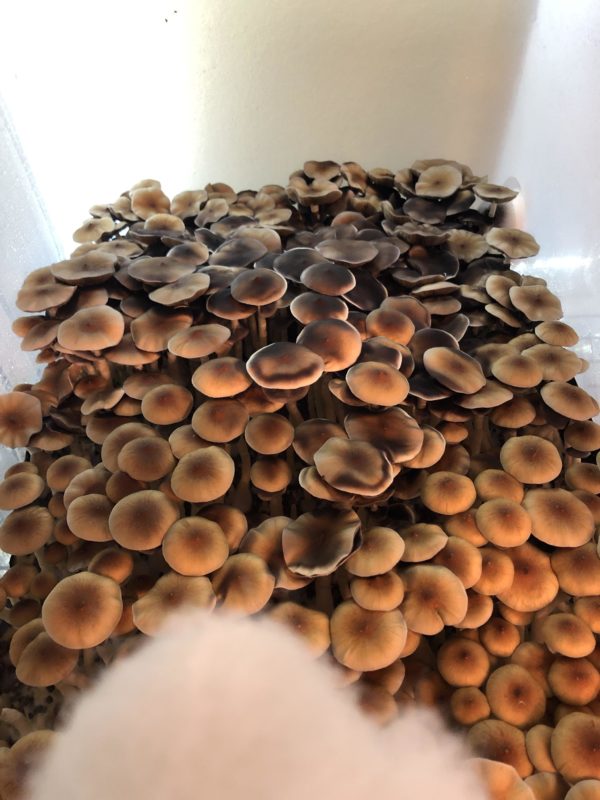
Reviews
There are no reviews yet.